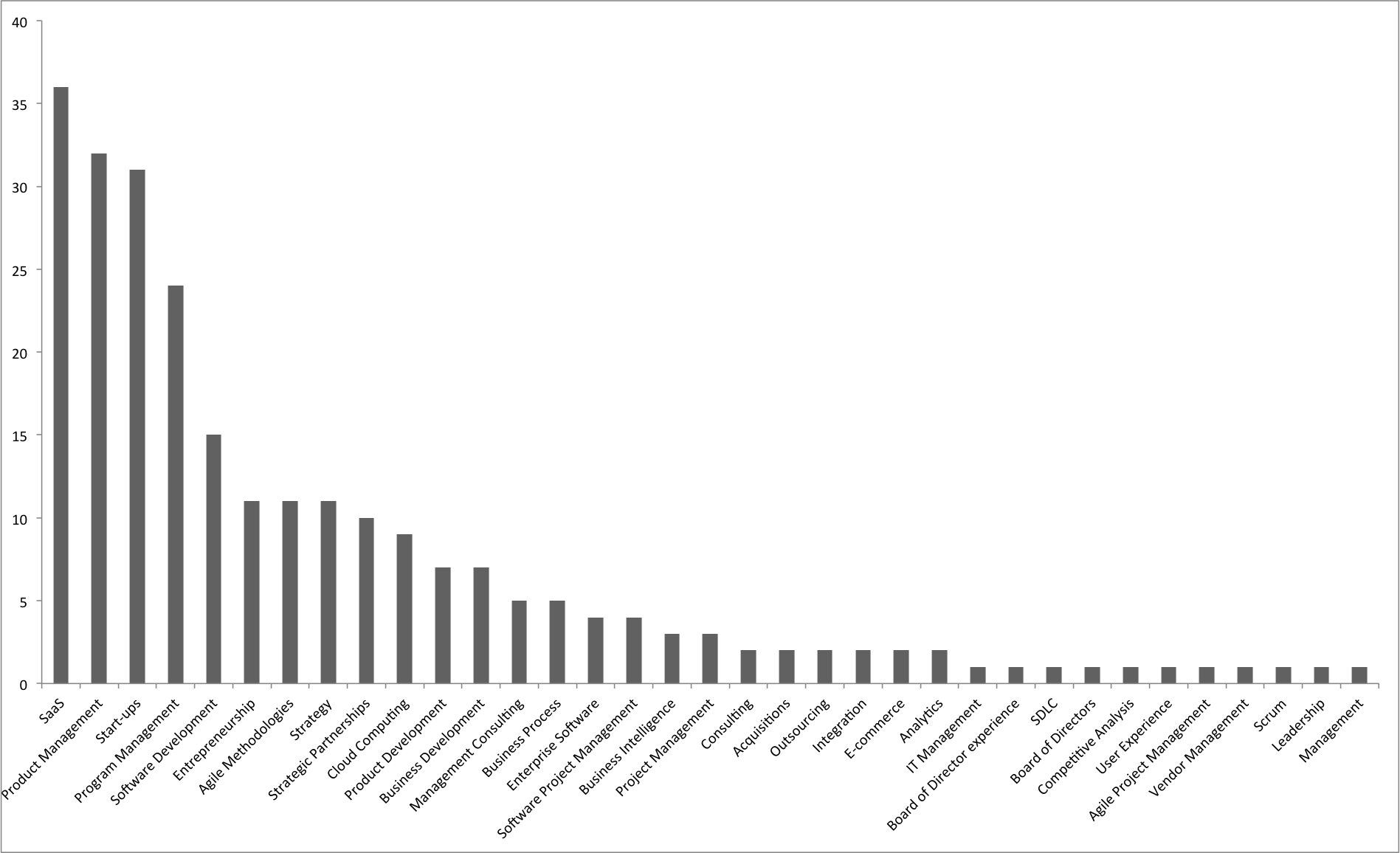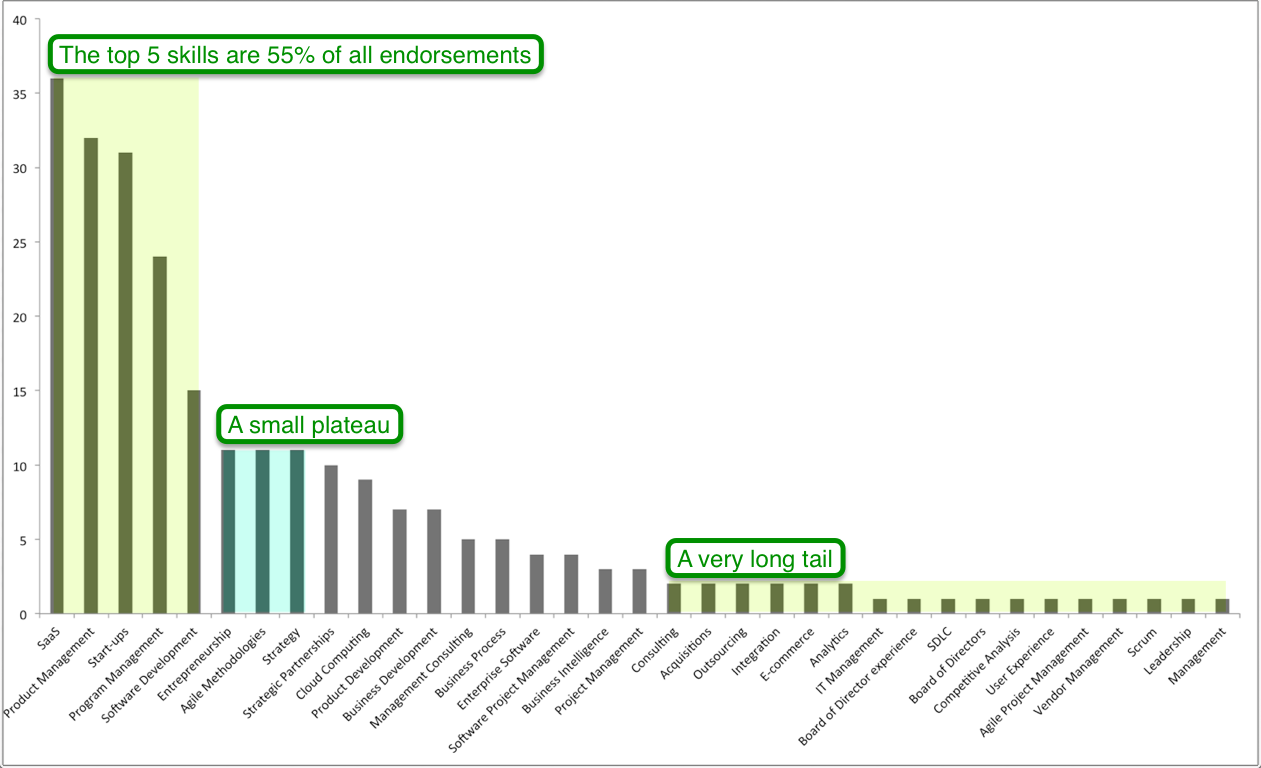LinkedIn’s “endorsements” feature was an interesting innovation when it first came out, last year, but the way it has been implemented isn’t great, and it runs the risk of becoming a devalued currency.
LinkedIn is too aggressive in soliciting endorsements. With old-fashioned recommendations, you had to do some work – and, more importantly, your best contacts had to do even more work – in order to get a written recommendation.
LinkedIn takes away all of that work by throwing up a splash screen whenever you log in to their site that very persistently solicits endorsements on behalf of everyone you know. First you are prompted to endorse 4 people, and if you do that, you are again prompted to endorse another 4 people. And so on, ad infinitum. It’s like being trapped in an infinite loop: even after you have endorsed a contact for a few skills, you are asked if that person has yet more skills.
It’s one thing to make a feature accessible and easy to use; quite another to push it down everyone’s throat, devaluing your currency in the process.
The other, more subtle problem with LinkedIn’s endorsements is that the data appear highly structured but are, in fact, not really normalized. Take a look at this graph which shows the endorsements given to Kerika’s CEO (Arun Kumar):

The long tail is immediately apparent: of the 35 categories of skills representing a total of 251 endorsements, the top 5 skills provide 55% of all endorsements.

Several categories could be combined quite easily: for example, Board of Directors and Board of Directors Experience are surely the same thing?
What should we do with this long tail: a tail that grows longer by the week?